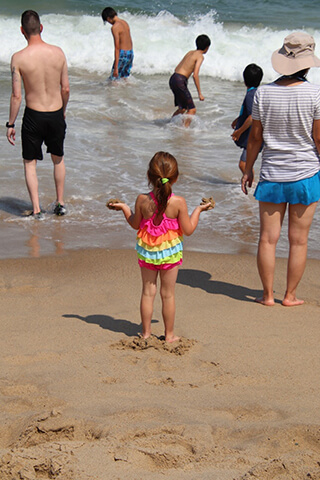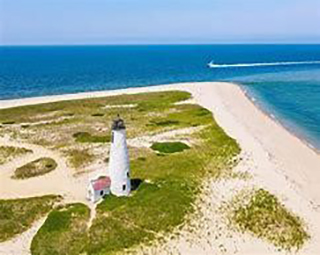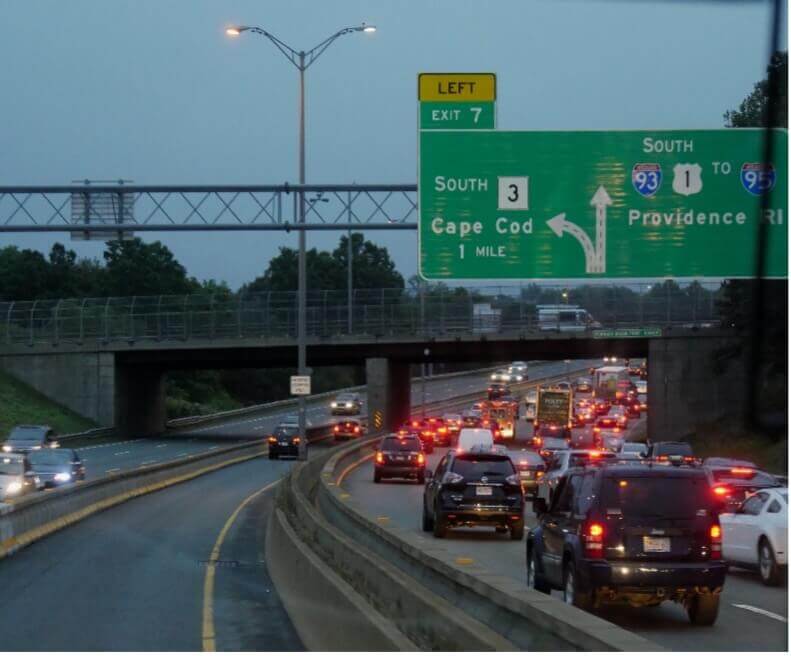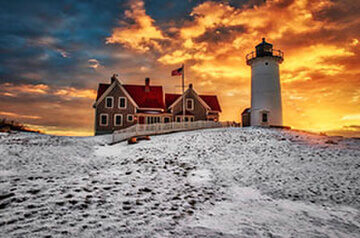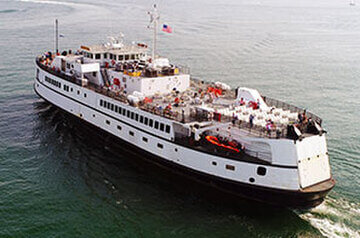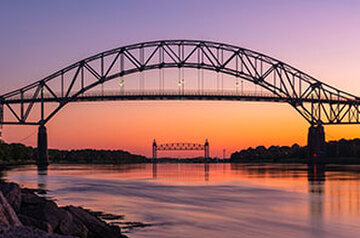Welcome to the Town of Truro MA
By: Hannah Fillmore-Patrick
Before 1797, there were no lighthouses on Cape Cod. At night, ships travelling from Europe to Boston had to feel their way along the dark peninsula and into Massachusetts Bay. Without a light to guide their way, many sunk on the shifting sandbars just off the coast. Many merchants, 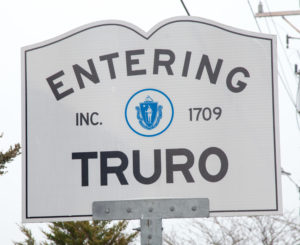 immigrants, and visitors traveling to the New World survived seven weeks at sea, only to perish on America’s doorstep. The most dangerous waters off Cape Cod were north of Truro, MA, in an area full of sandbars that sailors nicknamed “Dangerfield.”
immigrants, and visitors traveling to the New World survived seven weeks at sea, only to perish on America’s doorstep. The most dangerous waters off Cape Cod were north of Truro, MA, in an area full of sandbars that sailors nicknamed “Dangerfield.”
In 1717, the pirate Bellamy met his end in Dangerfield, after a hostage tricked him into sailing towards the sandbars. Later, during the Revolutionary War, the British warship HMS Somerset also met its end in the deadly Peaked Hill Bars of Dangerfield.

In the eighteenth and even nineteenth centuries, shipwrecks were a normal part of life in Truro. “The inhabitants hear the crash of vessels going to pieces as they sit round their hearths,” Henry David Thoreau wrote of North Truro in 1865, “and they commonly date from some memorable shipwreck. If the history of this beach could be written from beginning to end, it would be a thrilling page in the history of commerce.”
The town of Truro began asking Congress for a lighthouse shortly after the American Revolution and, in 1797, the town put the finishing touches on the first lighthouse on the Cape, Highland Light. To maximize its range, the lighthouse was perched high on a precipitous clay cliff. For many years, Highland Light was the first glimpse of America seen by immigrants coming from Europe.

Today, the windswept High Head Beach in North Truro is a reminder of harsh natural environment that shaped the history and culture of the Cape. For centuries, locals considered the sand dunes of High Head Beach one of the most desolate places on the Cape. Now, many beachgoers explore this secluded stretch of coastline on all-terrain vehicle. On the other side of Truro, the gentler Corn Hill Beach sits on the banks of Cape Cod Bay.
This is the spot where, in the early seventeenth century, passengers from the Mayflower first saw cultivated corn. In the early twentieth century, the beach began to attract artists like the painter Edward Hopper, who immortalized the hill and the beach in his classic oil painting “Corn Hill.”
Town Hall Address:
24 Town Hall Road Truro,
MA 02666
Phone: (508) 349-7004
Cost of Stickers:
Beach Stickers: $20 residents, $250 non-residents
Transfer Station Stickers: $100 taxpayers, $50 monthly non-taxpayers
Shellfish License: $15 residents, $100 non-residents






